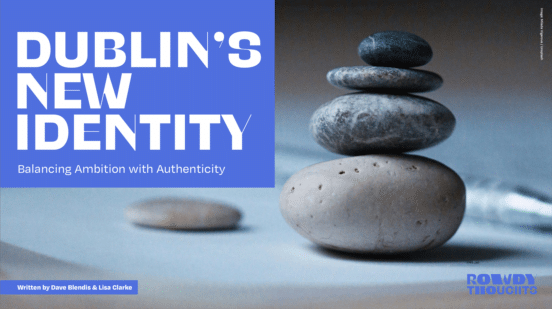
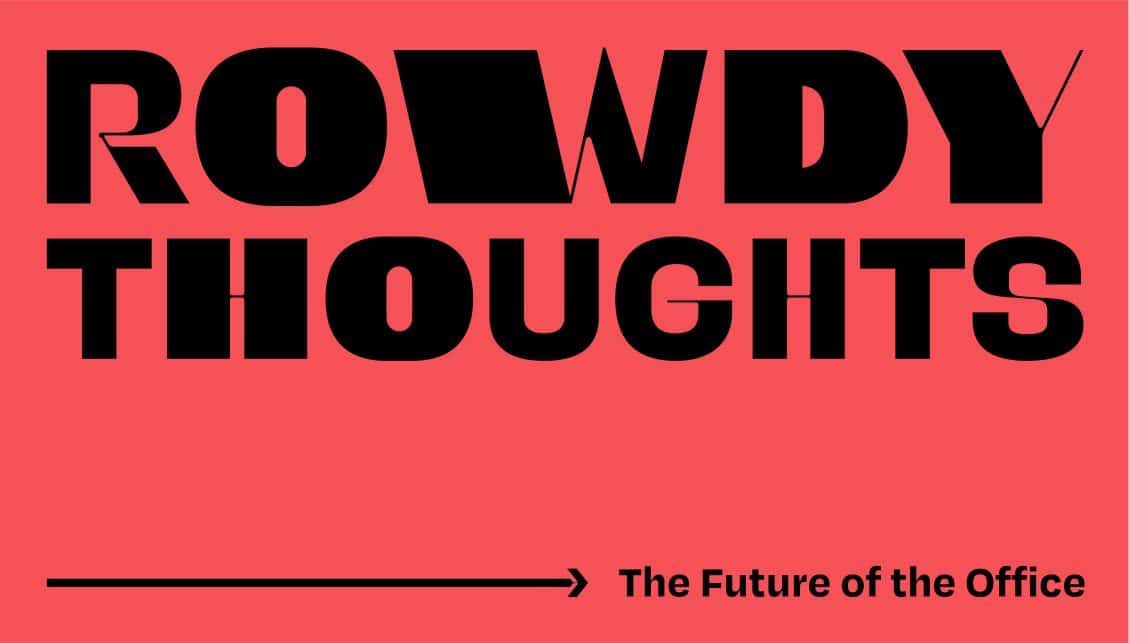
The Future of the Office
“My world does not end within these four walls, Slough’s a big place. And when I’ve finished with Slough, there’s Reading, Aldershot, Bracknell, you know I’ve got Didcot, Yateley. Winnersh, Taplow, you know. Because I am my own boss, I can – Burghfield – I can wake up one morning and go, “Oh, I don’t feel like working today, can I just stay in bed?”
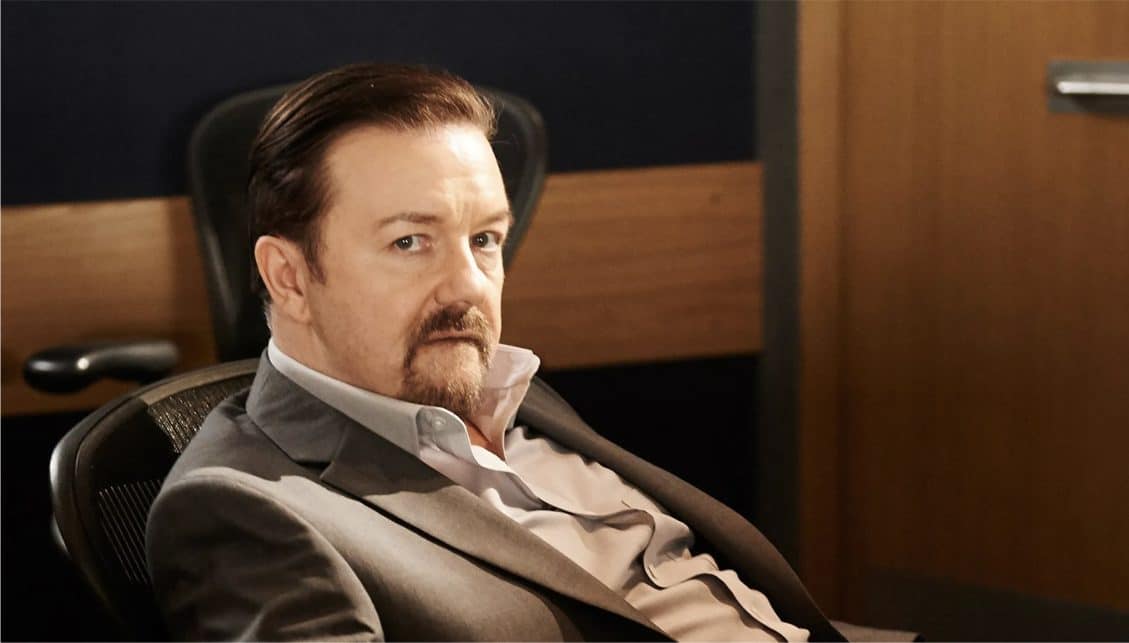
The concept of The Great British OfficeTM holds a special place in our cultural psyche. Many of us choose to live our working lives in it. And the behaviours, rituals and everyday happenings inspired by a room filled with desks and chairs and computers and colleagues are often the subject of nostalgia, irritation and successful lampoonings.
Every country has its own set of office-associated tropes, and yet there does seem to be something especially notable and different about the UK office. UK post-pandemic commutes are down around 22% from pre-pandemic levels, compared to around 9% for France and just 7% for Germany1. 3 quarters of Londoners hope never to go back to working in the office full time2. Back in 2016 a study by Ipsos Mori found the UK’s offices to be the world’s worst, called out in particular for their ‘coldness and ugliness’.3 What a claim to fame.
All this tells us that an appraisal of ‘the office’ has been overdue. Thankfully, there are signs of innovation and creativity being put to work in provoking that change.
In this piece, we lay down what brands need to consider as we move towards the future of the office.
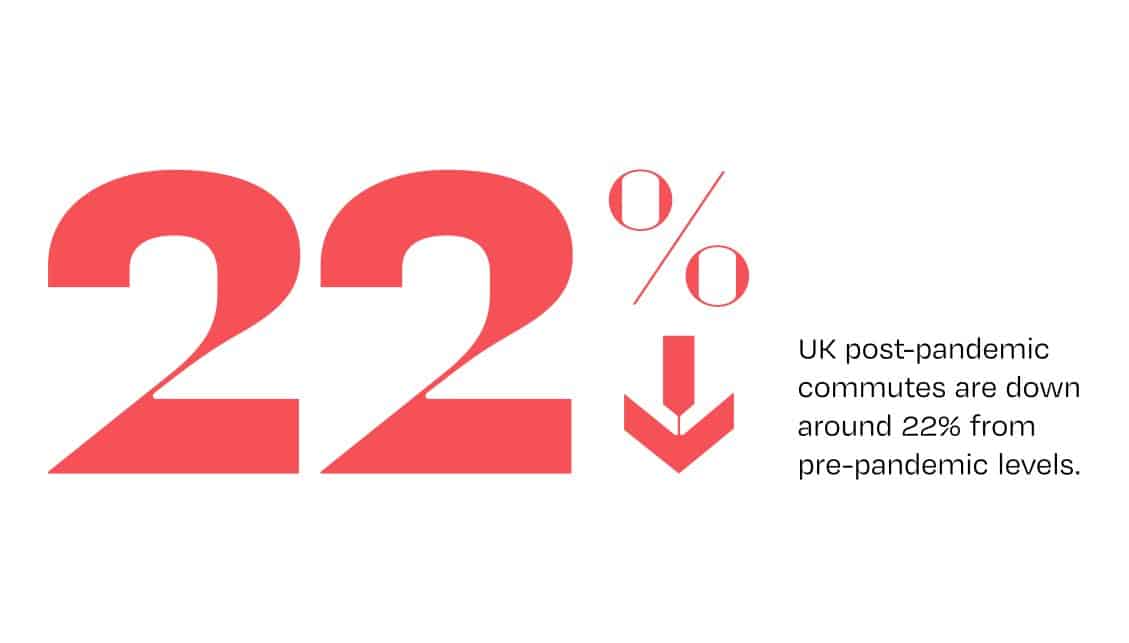
In Search of Experience
Up to 40% of office occupiers are looking to move as soon as their lease allows4. Landlords must now show that their spaces can deliver on the enhanced experience businesses want for their employees.
From a brand perspective, it’s all about refining your positioning, communicating your proposition – and living up to it. Selling amenity features & benefits is getting lost in the crowd. The benefits that appear over and over in surveys asking why people would bother to come to the office at all are consistently human-centred. They include boosting creativity and fuelling collaboration5.
To win coveted tenants, brands in this space must become more experientially and conceptually articulate, and be able to capture the workspace dream their offices realise for businesses and their people.
Right now power is firmly in employees’ hands6. Try not to fall off your chair when we tell you that they’ve put wellbeing and better working environments on their list of demands. But yet to play out is another recession. Anxiety rises alongside inflation rates – which could shift power back to employers as fear of redundancy brings sharply into focus the very real need to pay the bills. Our question; whoever’s in power, do they both want the same things? And if one of those things is work space that gets the best out of people by being a joy to work in, who will step up and establish it as the ‘new normal’?
"Right now power is firmly in employees’ hands."
New Normal, for Now
While the challenge for landlords is designing spaces that elevate the experience and communicating what makes them different, brands have an even greater task in determining what it is that happens when they get there.
We won’t give much cause for controversy – or win any prizes for ingenuity – in saying that the way we look at the office has fundamentally changed in a short period of time.
Beyond hybrid working, the screen-sized window many of us opened into our colleagues’ living spaces has challenged conventions from dress codes to childcare during work.7
The truth for many businesses is that, while life has inevitably settled into some form of the oft referenced ‘new normal’, there is still much thinking to be done around what this really means long term.
The truly disquieting revelation is that this could all change substantially again. The metaverse may be an intangible Silicon Valley phenomenon right now, but having already experienced one jolting paradigm shift, those dismissing its rise will likely be fewer in number.8
So what can brand do to make sense of all this? Used properly, brand is a vital organising principle that shapes experiences and creates certainty – not only for your customers, but in this case crucially for your own people.
If your principles, values and behaviours allow you to envisage how your culture functions in a variety of possible realities, your brand is doing its job in providing continuity and clarity. If they do not, it may be time to reevaluate.
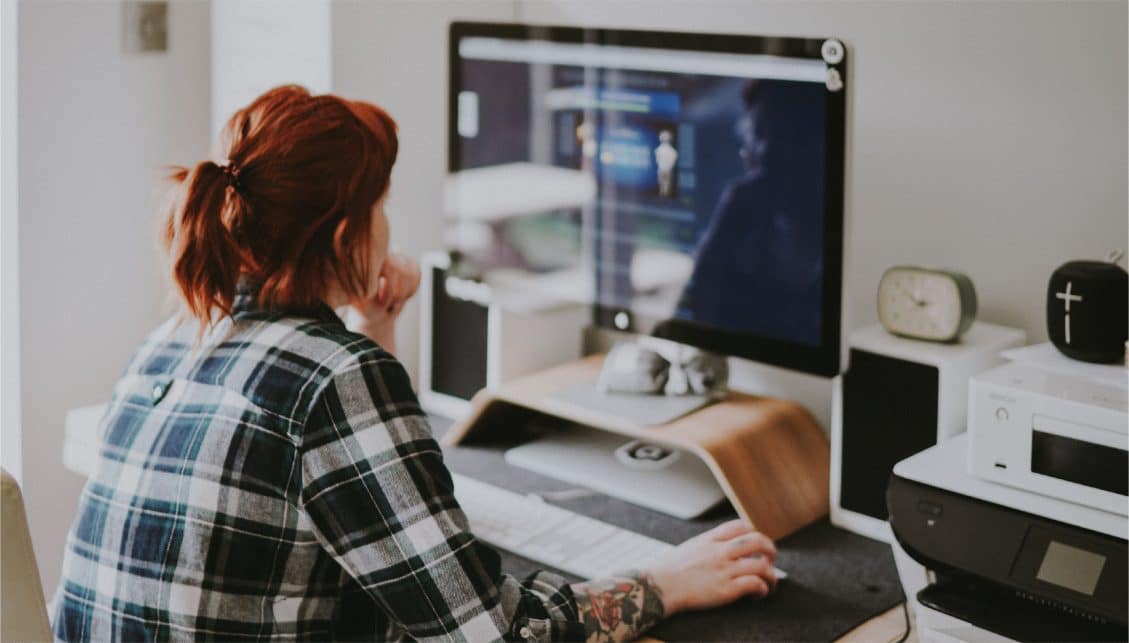
Being Intentional
Do you need an office, or do you just need a space?
The concept of agile workspaces is nothing new, although interest in them is on the up.9 But going beyond the idea of being able to repurpose your office to say, host an offsite or
a client workshop, could brands rethink and reshape what their space is actually for?
After all, if your business is all about relationships, or creativity, does it make sense for the space your company calls home to be based around a set of desks? Maybe what you really need to inhabit is an incredible coffee shop, or an artist’s studio, or a theatre.
We’re not here to reject pragmatism entirely. We’re here to be honest about what your people can do better in person, in a shared space, than remotely. And what new heights your business can reach as a result.
Do you need an office, or do you just need a space?
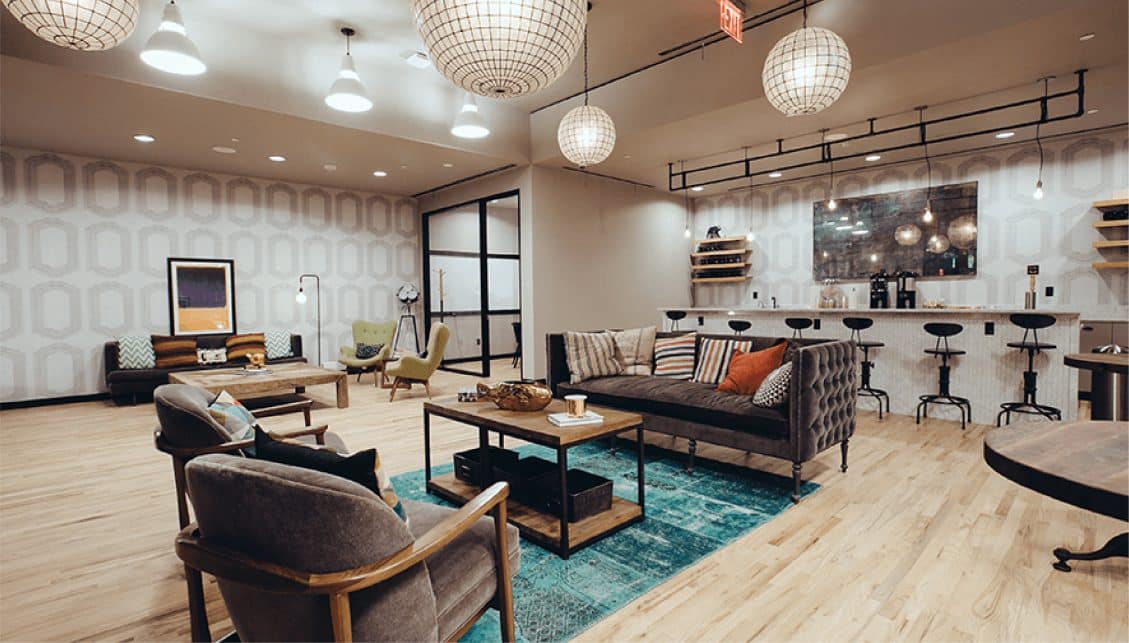
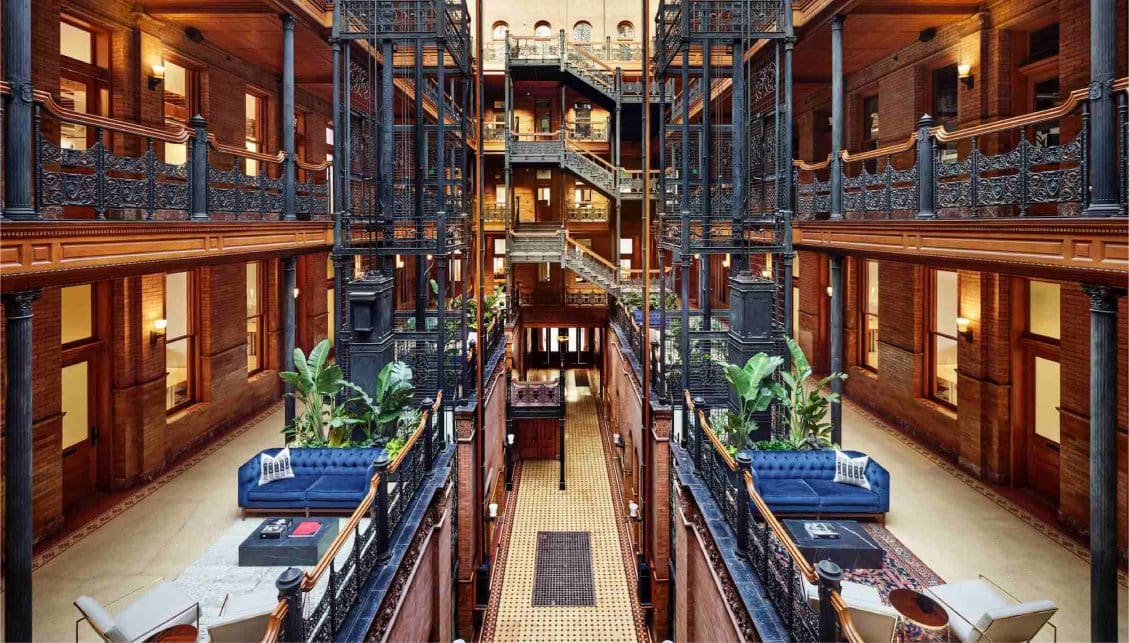
- https://www.theguardian.com/business/2022/jun/02/how-working-from-home-has-divided-britain
- https://www.telegraph.co.uk/business/2022/06/08/three-four-londoners-vow-never-return-office-full-time/
- https://www.theguardian.com/money/shortcuts/2016/jun/08/why-british-offices-worst-in-world-study
- https://gowlingwlg.com/en/where-we-work-report/
- https://gowlingwlg.com/en/where-we-work-report/
- https://www.bbc.com/worklife/article/20220210-can-newfound-worker-power-change-the-workplace-for-good
- https://thehomeofficelife.com/blog/work-from-home-statistics
- https://www.forbes.com/sites/theyec/2022/01/14/three-office-trends-that-will-shape-the-future-of-work/?sh=5d4776ec3b51
- https://www.forbes.com/sites/theyec/2022/01/14/three-office-trends-that-will-shape-the-future-of-work/?sh=5d4776ec3b51
